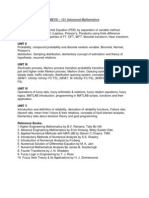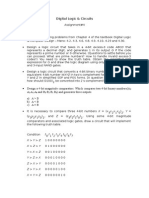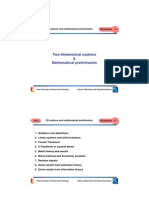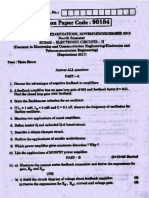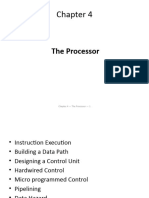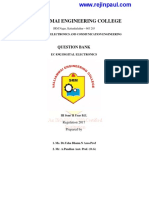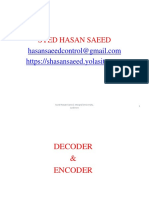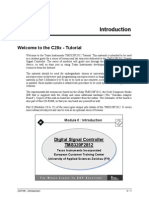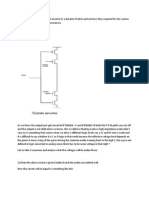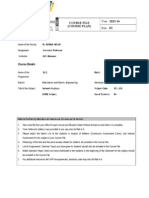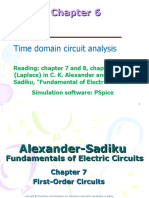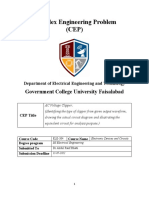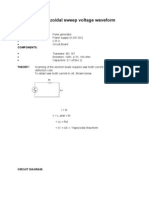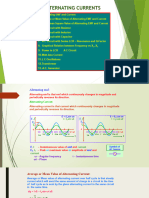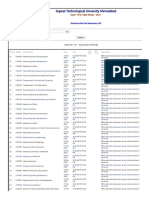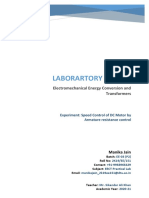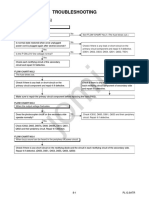0% found this document useful (0 votes)
5K views7 pagesTNPSC AE EEE Syllabus
The document outlines the syllabus for Electrical Engineering and Basics of Engineering courses, covering topics such as electrical circuits, electric and magnetic fields, measurements, control systems, electrical machines, power systems, electronics, digital processors, renewable energy sources, and storage devices. Each unit details fundamental principles, theories, and applications relevant to the respective fields. Additionally, it includes sections on mathematics, physics, chemistry, computer engineering, civil and mechanical engineering, management, quality management, and environmental science.
Uploaded by
pgokul262004Copyright
© © All Rights Reserved
We take content rights seriously. If you suspect this is your content, claim it here.
Available Formats
Download as PDF, TXT or read online on Scribd
0% found this document useful (0 votes)
5K views7 pagesTNPSC AE EEE Syllabus
The document outlines the syllabus for Electrical Engineering and Basics of Engineering courses, covering topics such as electrical circuits, electric and magnetic fields, measurements, control systems, electrical machines, power systems, electronics, digital processors, renewable energy sources, and storage devices. Each unit details fundamental principles, theories, and applications relevant to the respective fields. Additionally, it includes sections on mathematics, physics, chemistry, computer engineering, civil and mechanical engineering, management, quality management, and environmental science.
Uploaded by
pgokul262004Copyright
© © All Rights Reserved
We take content rights seriously. If you suspect this is your content, claim it here.
Available Formats
Download as PDF, TXT or read online on Scribd
/ 7





















